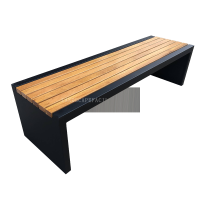Welcome to the website for landscape facilities products and knowledge.
What is the process for ensuring the bin’s compatibility with local waste-to-energy programs?
Ensuring your bin is compatible with local waste-to-energy (WTE) programs is crucial for efficient recycling and sustainable waste management. Here’s a step-by-step process to achieve this:
1. Research Local Guidelines: Start by checking your municipality’s waste management policies. Local governments often provide specific requirements for bin types, sizes, and materials accepted in WTE programs.
2. Choose the Right Bin: Select a bin that meets local standards. Look for labels like "WTE-compatible" or consult waste management providers for recommendations.
3. Separate Waste Properly: WTE programs often require pre-sorted waste. Ensure organic, recyclable, and non-recyclable materials are separated correctly to avoid contamination.
4. Label and Educate: Clearly label bins to guide users. Educate household or workplace members on proper waste disposal to maximize program efficiency.
5. Regular Maintenance: Keep bins clean and in good condition to prevent issues during waste collection and processing.
By following these steps, you can contribute to a greener future while ensuring seamless integration with local waste-to-energy initiatives.
Related search:

Recommendation
Modern Stainless Steel Begonia Wood Park Chair Outdoor Courtyard Leisure Sun Protection Bench Long Seat